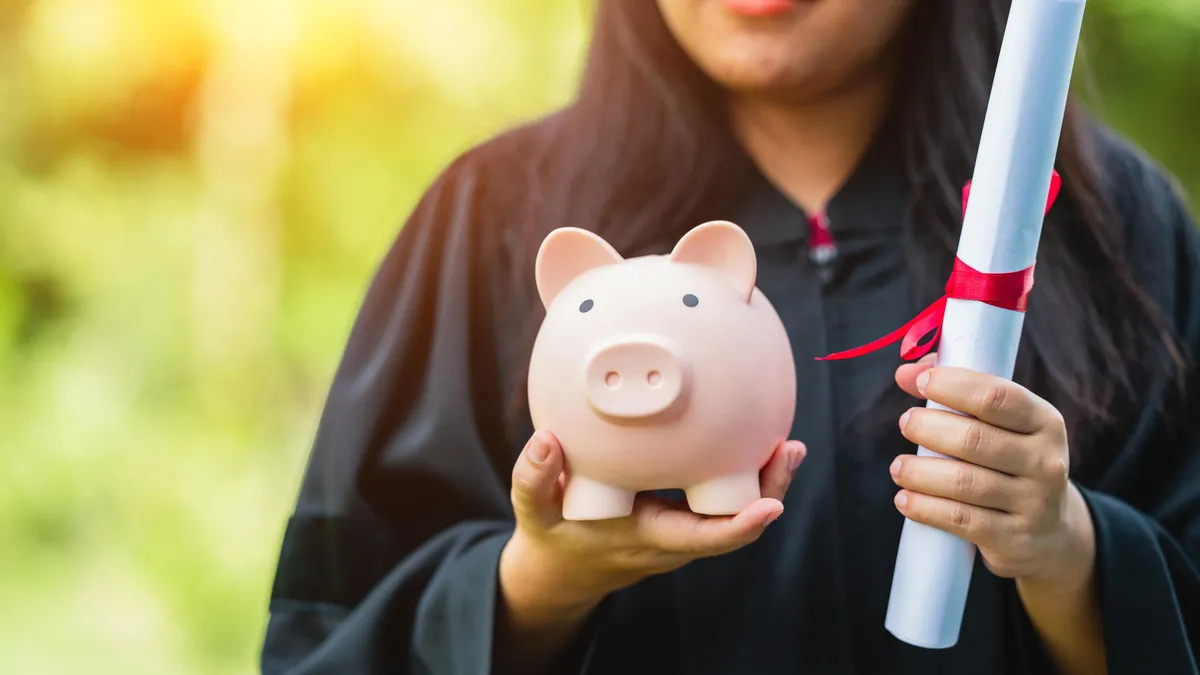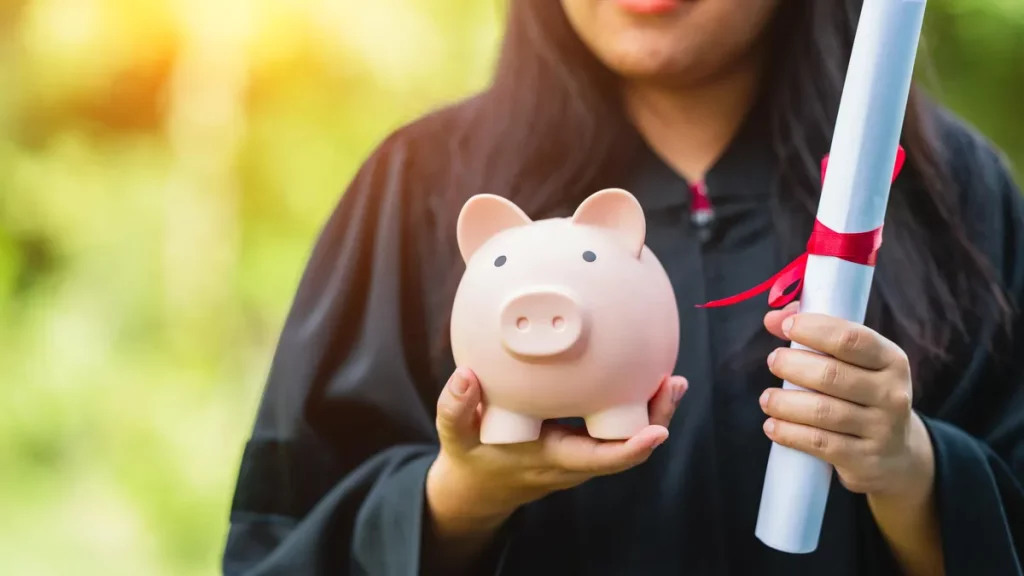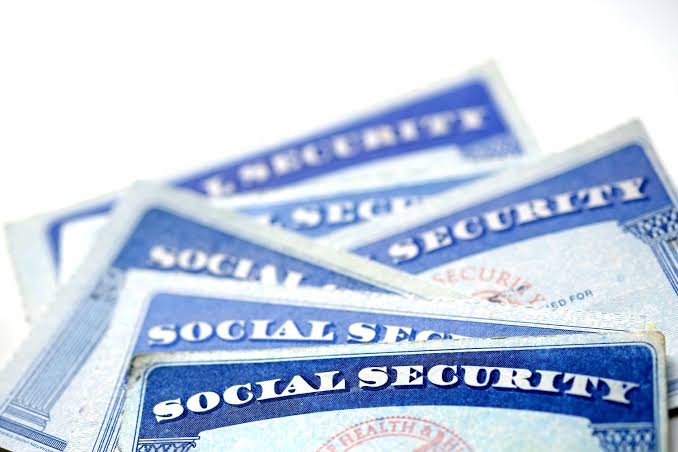If your monthly student loan payment suddenly feels like it’s punching a bigger hole in your wallet, you’re not imagining it. Inflation is quietly making your student debt harder to handle, even if your actual payment amount hasn’t changed. As prices climb on everything from groceries to gas, it’s your spending power that shrinks—and that makes fixed loan payments tougher to manage. Here’s how inflation affects your loan repayment and smart strategies to protect your finances.
How Inflation Makes Student Loans More Burdensome
Inflation refers to the rising cost of living over time. In 2025, Americans are still feeling the effects of sustained price increases that began during the post-COVID economic rebound. While inflation slows in some areas, wages haven’t always kept up, meaning people are paying more for essentials without earning significantly more.
Now apply that to student loans:
-
Fixed monthly payments don’t adjust for inflation — meaning your $350 payment today takes a bigger bite out of your budget than it did in 2020.
-
You’re paying that bill with dollars that are worth less, while all your other living costs have gone up too.
-
For those on variable-rate private loans, inflation has pushed interest rates higher, making payments more expensive directly.
Why It Feels Worse in 2025
-
The pandemic-era pause on federal student loan payments ended, and interest resumed in 2023.
-
Many borrowers entered repayment just as inflation surged again, making it harder to re-adjust.
-
Rent, food, transportation, and childcare are all more expensive—leaving less room for debt payments.

6 Strategies to Manage Student Loan Payments in an Inflation Economy
-
Switch to an Income-Driven Repayment (IDR) Plan
-
If you’re struggling, switch to a plan like SAVE (Saving on a Valuable Education), where payments are based on your income and family size.
-
Some borrowers qualify for $0/month payments under SAVE.
-
-
Re-certify Your Income Every Year
-
Especially if your income has dropped or hasn’t kept pace with inflation.
-
This can lower your monthly payment under an IDR plan.
-
-
Refinance Private Loans
-
If you have private student loans with high interest, look for lower fixed-rate refinancing options.
-
Caution: Don’t refinance federal loans unless you’re sure—you’ll lose federal protections.
-
-
Make Extra Payments (If Possible)
-
Even $20 more per month can help chip away at interest.
-
Use tax refunds, side hustle income, or cashback rewards to make additional payments.
-
-
Cut Non-Essentials & Automate
-
Create a budget that factors in inflation. Automate your loan payments to avoid late fees and possibly earn a small interest rate discount.
-
-
Check for Loan Forgiveness Eligibility
-
Public Service Loan Forgiveness (PSLF), teacher forgiveness, or the IDR forgiveness timeline could reduce or eliminate your remaining balance after a set number of years.
-
The Bottom Line
Inflation doesn’t increase your student loan balance directly, but it makes those payments feel heavier by squeezing everything else in your budget. The good news? With smart planning, flexible repayment options, and consistent communication with your loan servicer, you can reduce the financial pressure and keep your goals on track.



